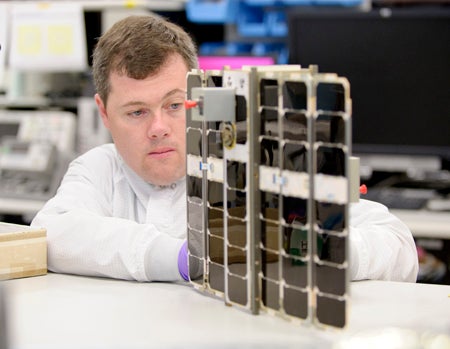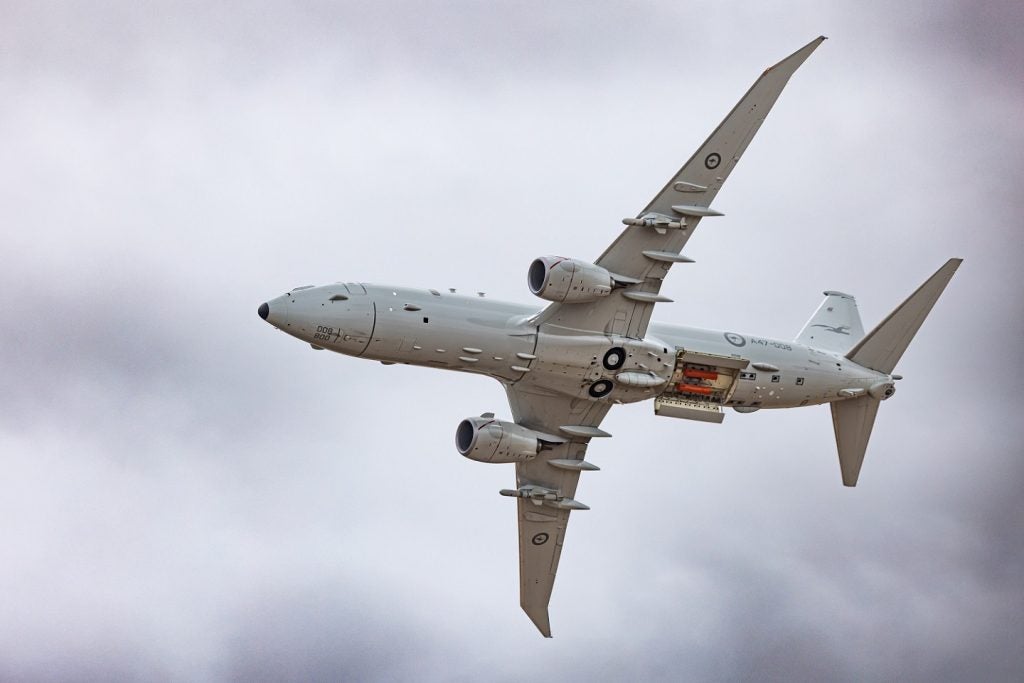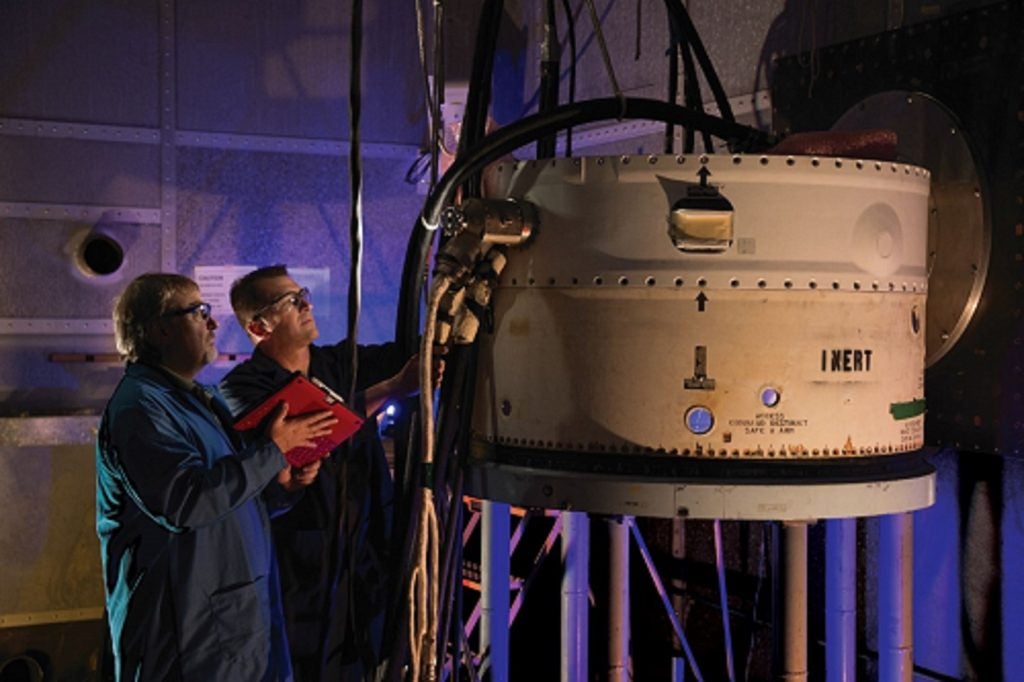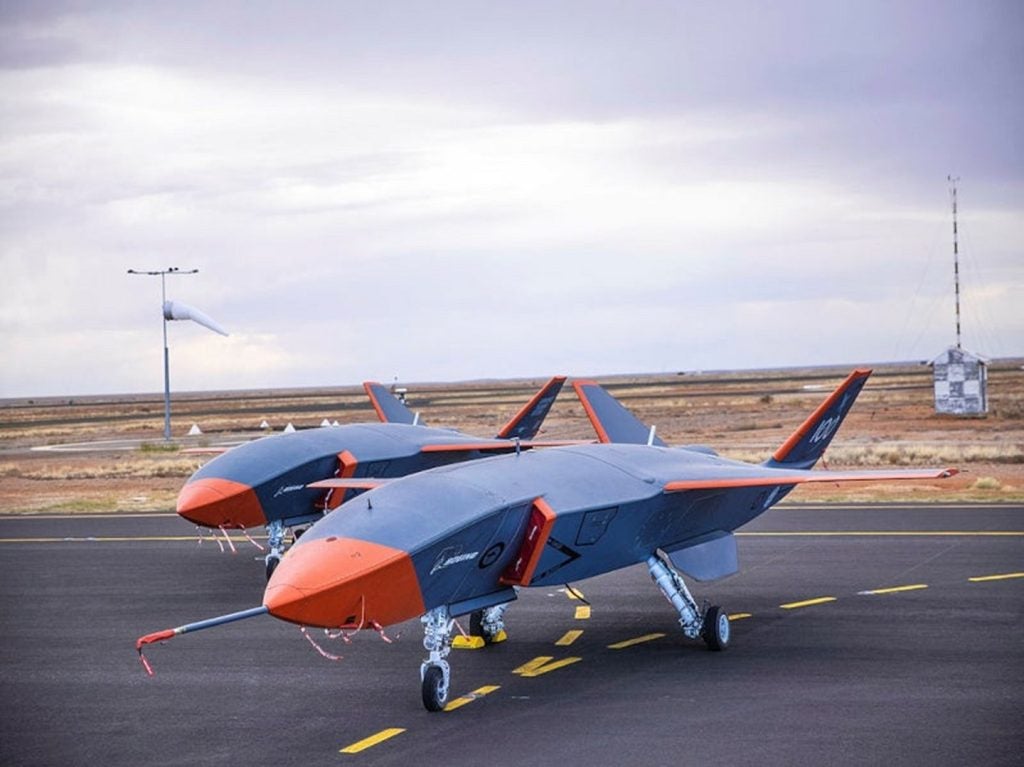
The US Air Force (USAF) has taken delivery of two Space Environmental NanoSat Experiment (SENSE) satellites from Boeing.
The delivery follows a $5m contract awarded by the Air Force Space and Missile Systems Center in April 2011, for the production and delivery of two nanosatellites to help assess utility of the CubeSat, a miniaturised satellite for military space operations.
Air Force Space and Missile Systems Center Development Planning Directorate director colonel Scott Beidleman said the nanosatellites are expected to play a critical part as affordable and resilient assets in future air force space architectures.
"We look forward to the important data they will collect and provide to the warfighter," Beidleman added.
Boeing Advanced Space & Intelligence Systems director Bruce Chesley said: "The SENSE nanosats offer customers an affordable, operationally robust option to conduct military missions using spacecraft no larger than a standard loaf of bread."
See Also:
Powered by Spectrolab-built ultra triple-junction solar cells, the SENSE satellites are highly efficient 3U satellites featuring a sensor and miniature S-band transceiver to gather spacecraft and mission data, which is required for weather prediction and assessments, at a speed of 1mb/sec.
How well do you really know your competitors?
Access the most comprehensive Company Profiles on the market, powered by GlobalData. Save hours of research. Gain competitive edge.

Thank you!
Your download email will arrive shortly
Not ready to buy yet? Download a free sample
We are confident about the unique quality of our Company Profiles. However, we want you to make the most beneficial decision for your business, so we offer a free sample that you can download by submitting the below form
By GlobalDataWeighing less than 4kg, the two satellites are equipped with star cameras for attitude determination and a compact total electron density sensor to deliver radio occultation measurements of total electron content and L-band scintillation.
The satellites are scheduled to be launched as part of the Operationally Responsive Space 3 mission in late 2013 for collection and transmission of weather data.
Development, testing and integration of the nanosatellites have been carried out in collaboration with the US Office of Naval Research, SRI International, The Aerospace Corp., and Atmospheric & Space Technology Research Associates.
Image: The Space Environmental NanoSat Experiment spacecraft readies for final testing. Photo: courtesy of Boeing.







